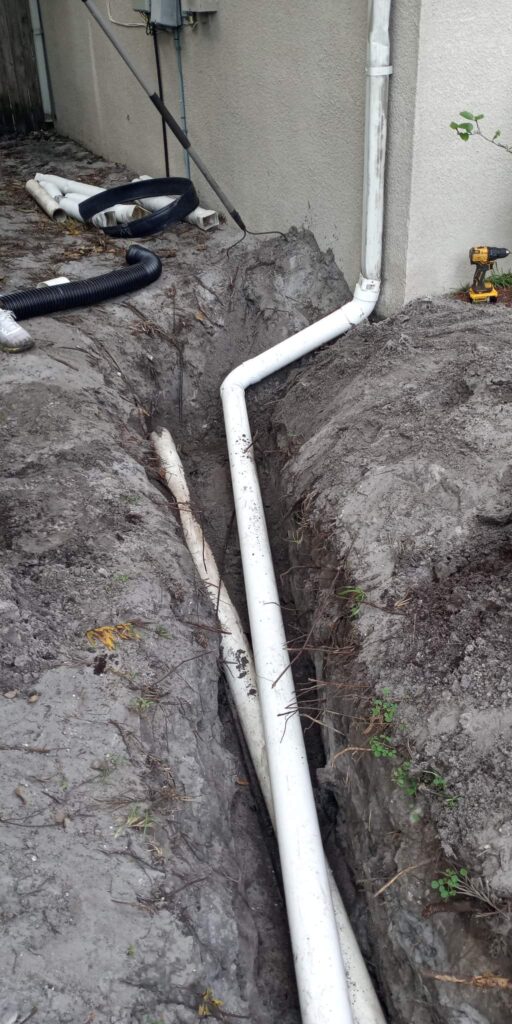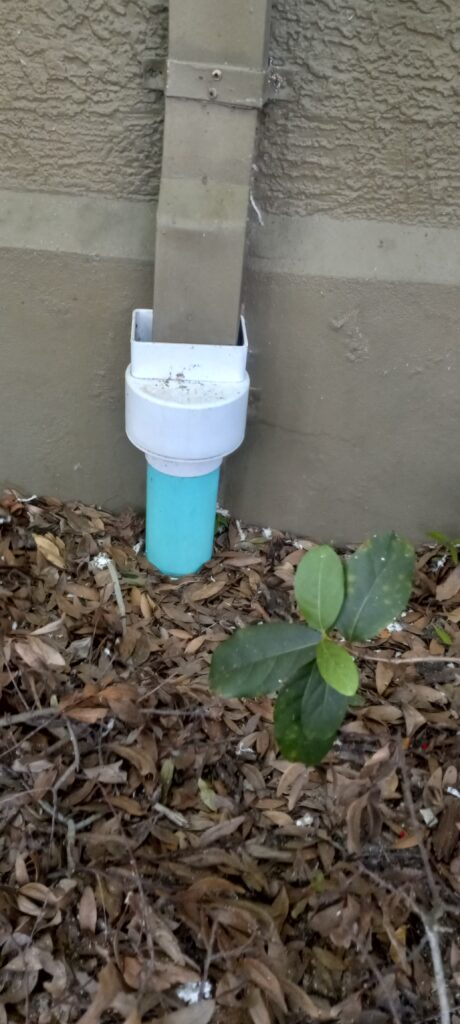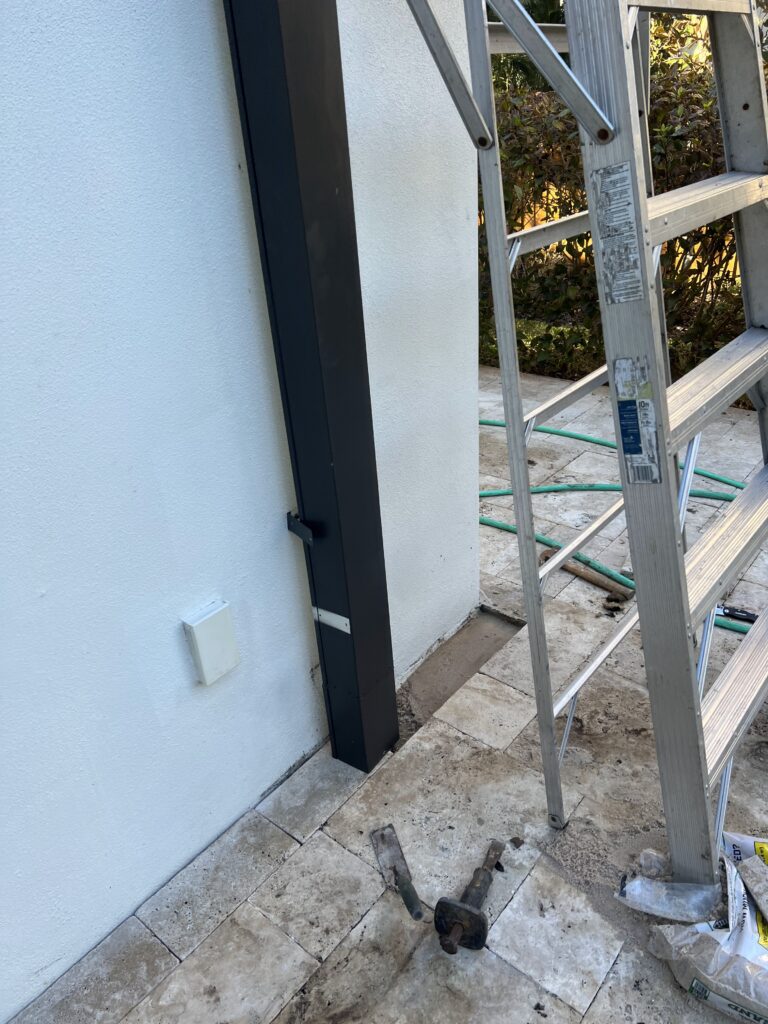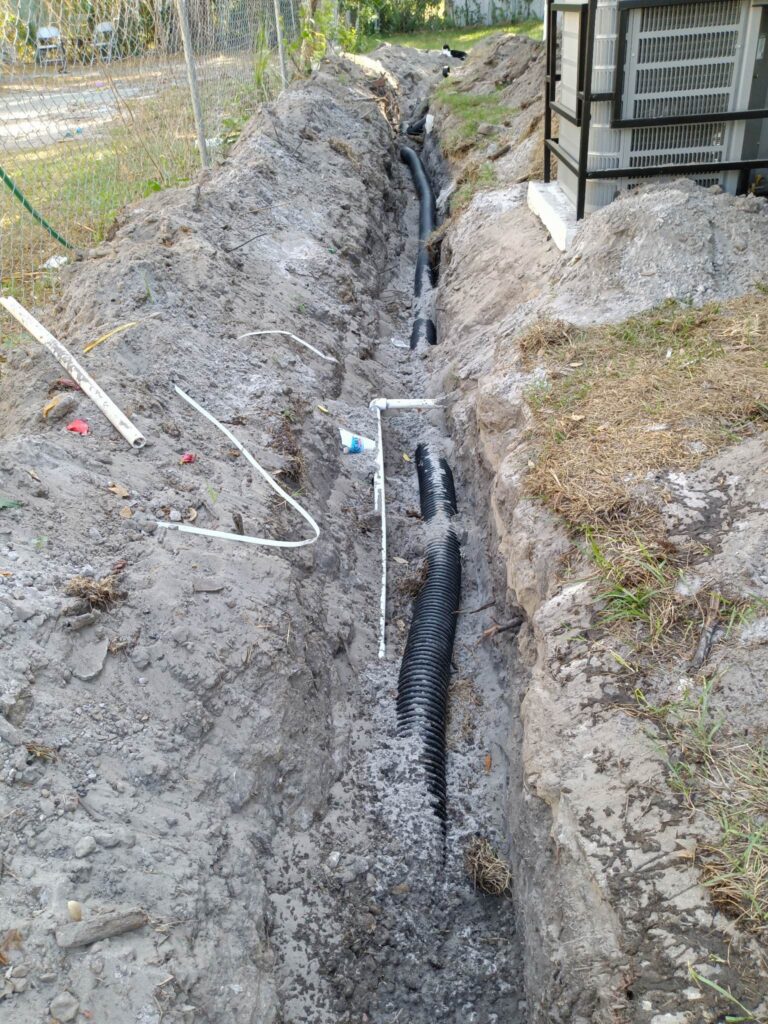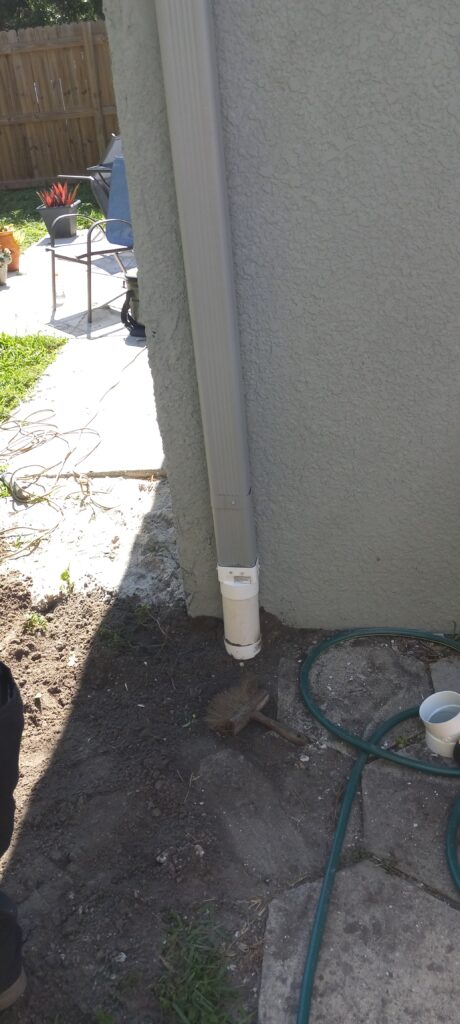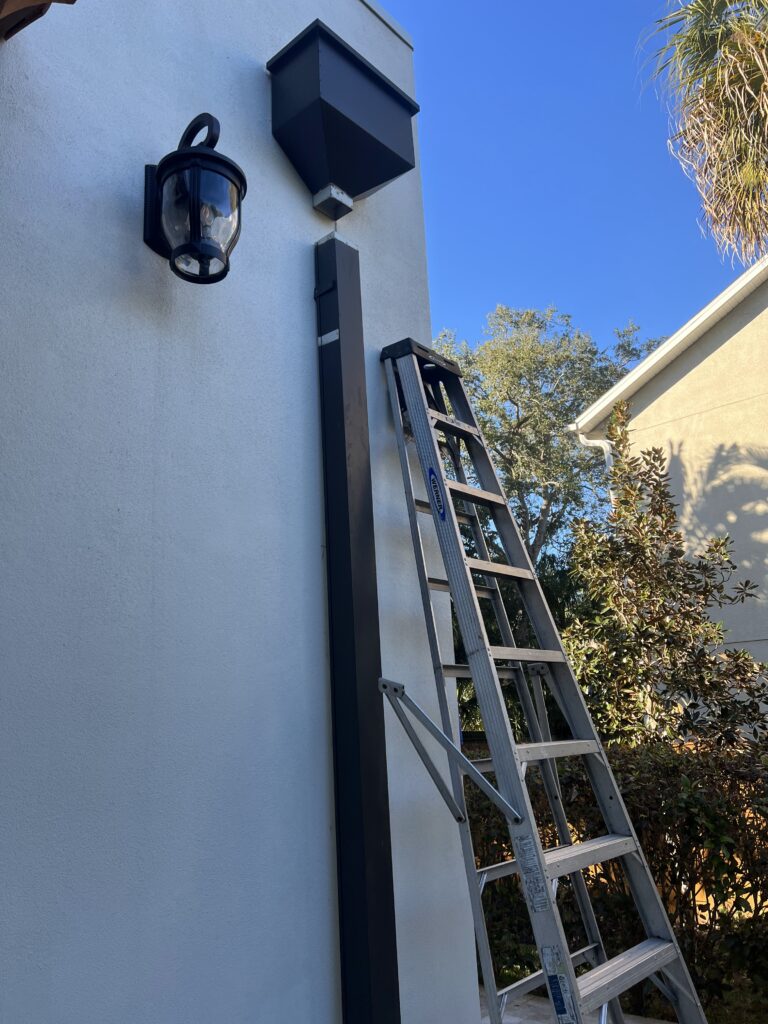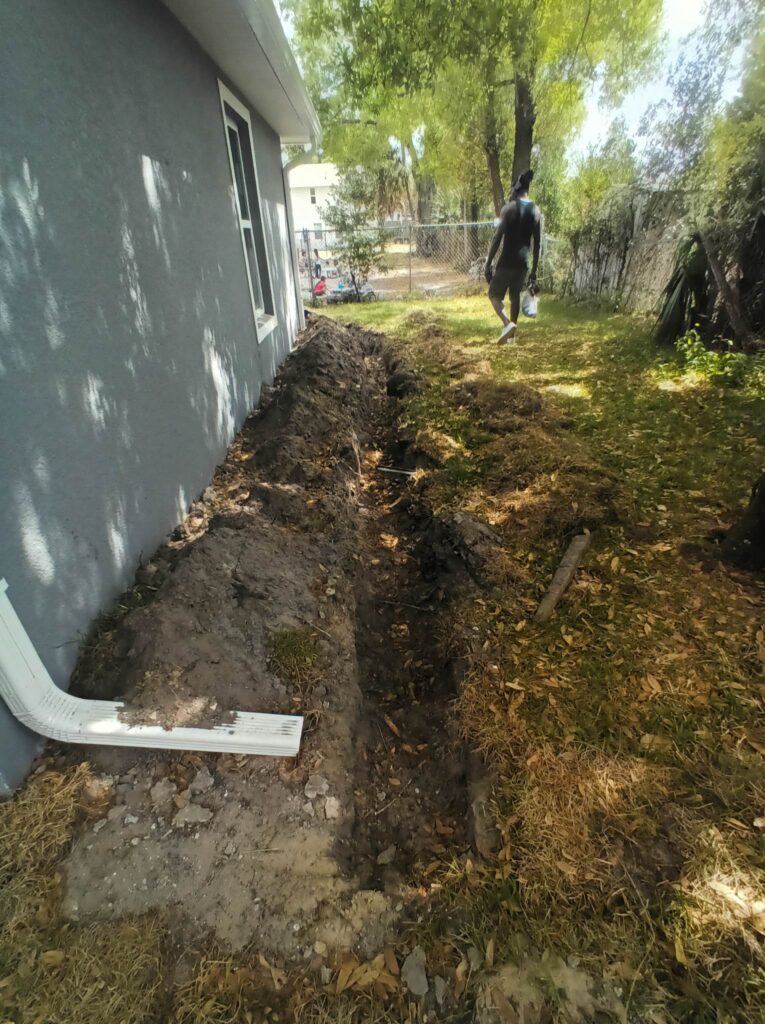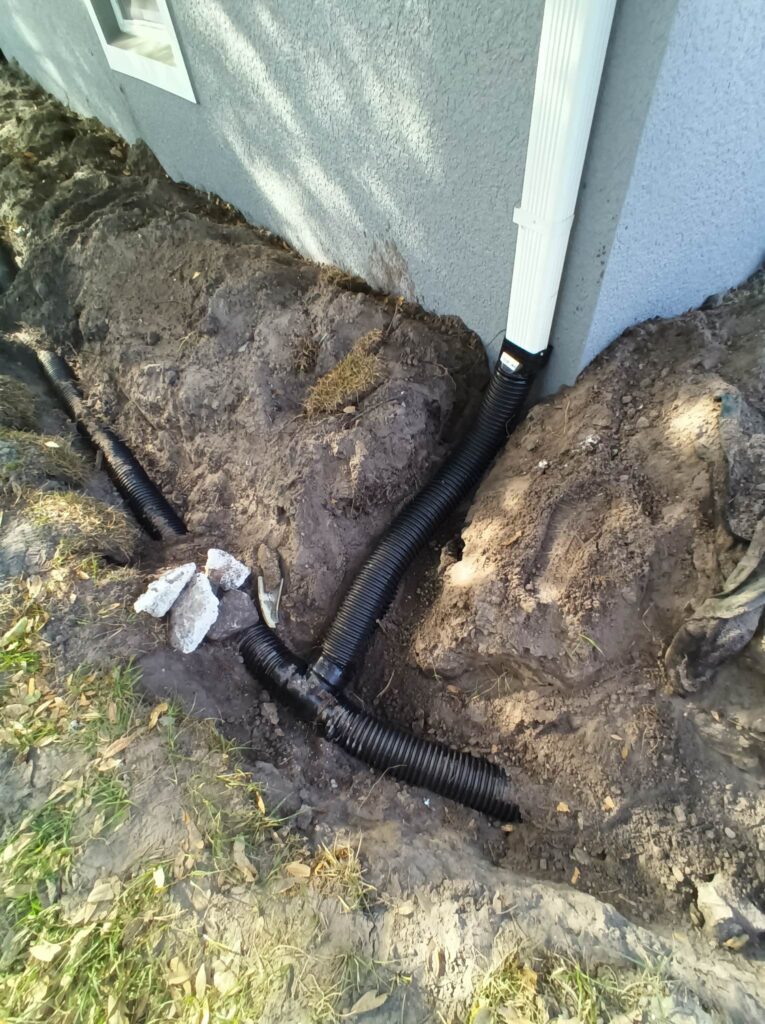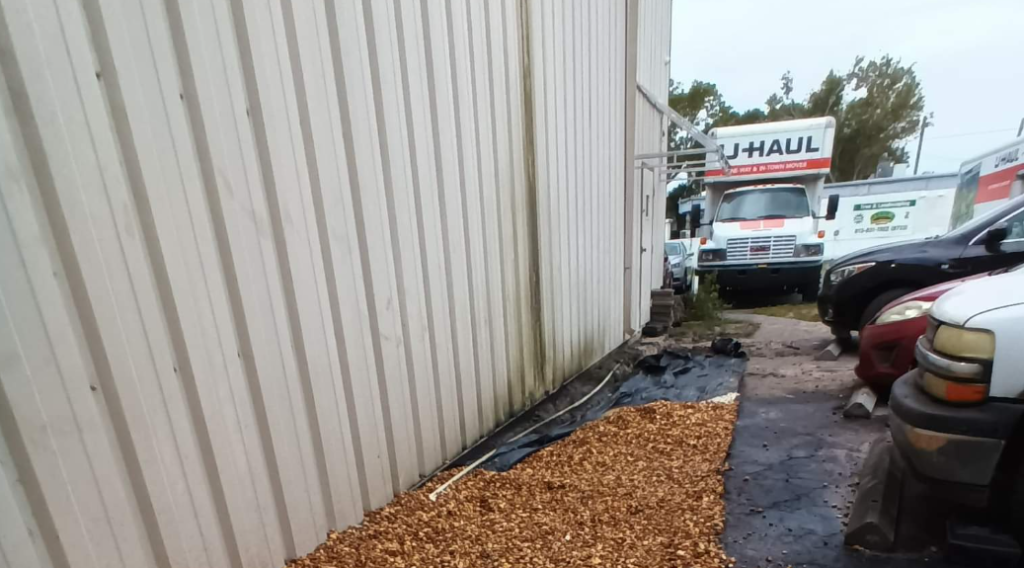
Drainage solutions play a crucial role in maintaining the functionality and integrity of any urban or rural area. These systems are designed to manage excess water, ensuring that it is properly channeled away from residential, commercial, and agricultural areas. Without a well-designed and properly functioning drainage system, cities, towns, and even small communities would be prone to flooding, erosion, and other water-related hazards.
One of the primary functions of drainage solutions is to prevent the accumulation of water on roads, sidewalks, and other surfaces. This is achieved through the installation of gutters, drains, and underground pipes that collect and direct water away from these areas. By efficiently removing excess water, drainage systems help prevent accidents and ensure the safety of pedestrians and motorists.
In addition to managing surface water, drainage solutions are also responsible for controlling groundwater. Excessive groundwater can lead to soil erosion, structural damage, and the formation of stagnant pools, which can become breeding grounds for mosquitoes and other pests. To prevent these issues, drainage systems incorporate methods such as subsurface drains and drainage ditches to divert and manage groundwater effectively.
Another critical aspect of drainage systems is their role in preventing water pollution. As water flows through urban areas, it collects various pollutants, including debris, chemicals, and sediment. Without proper drainage systems, these pollutants would find their way into rivers, lakes, and other bodies of water, causing environmental damage and posing risks to aquatic life. By incorporating features such as stormwater retention ponds and treatment facilities, drainage systems help filter and cleanse water before it is released into the natural environment.
The design and implementation of drainage systems require careful consideration of factors such as topography, climate, and anticipated water flow. Engineers and urban planners must analyze the area’s characteristics to ensure that the drainage system can effectively handle the volume of water during both normal and extreme weather conditions. Additionally, maintenance and regular inspections are crucial to prevent blockages, ensure proper functioning, and identify any potential issues before they escalate.
In conclusion, drainage systems are essential components of any well-planned and functioning community. They provide a means to manage excess water, prevent flooding and erosion, protect public safety, control groundwater levels, and mitigate water pollution. By investing in well-designed and properly maintained drainage systems, communities can safeguard their infrastructure, enhance the quality of life for residents, and create a more sustainable environment for future generations.
